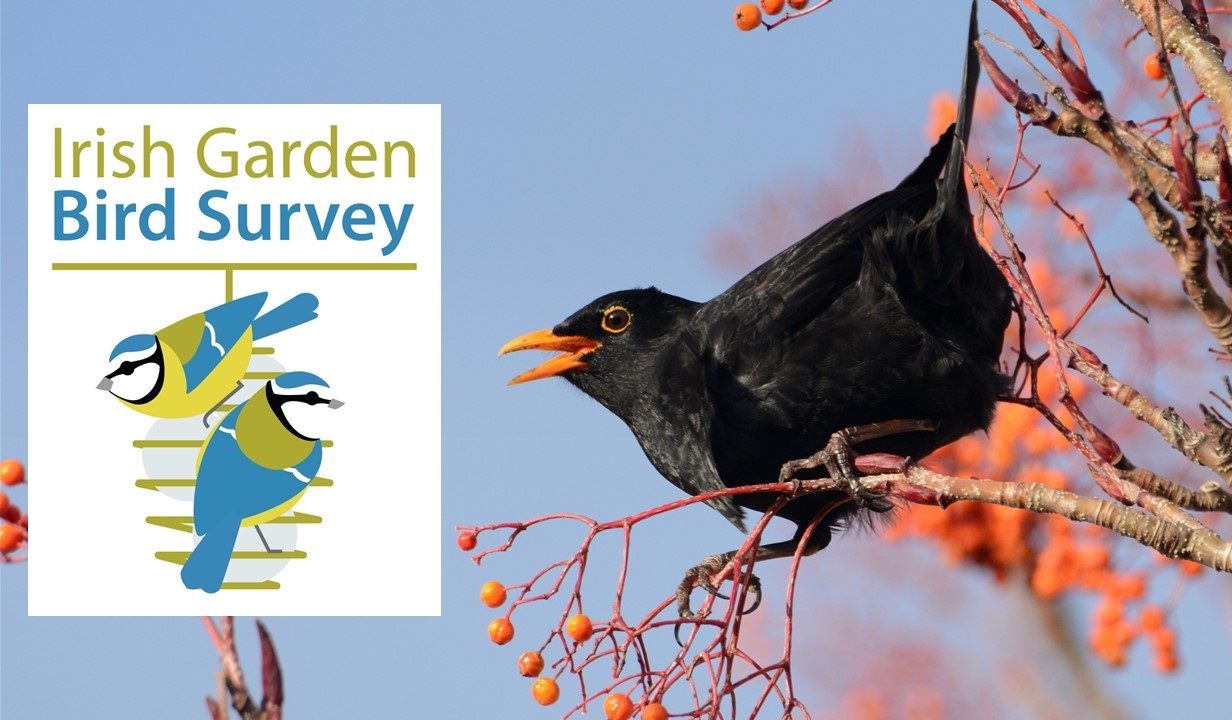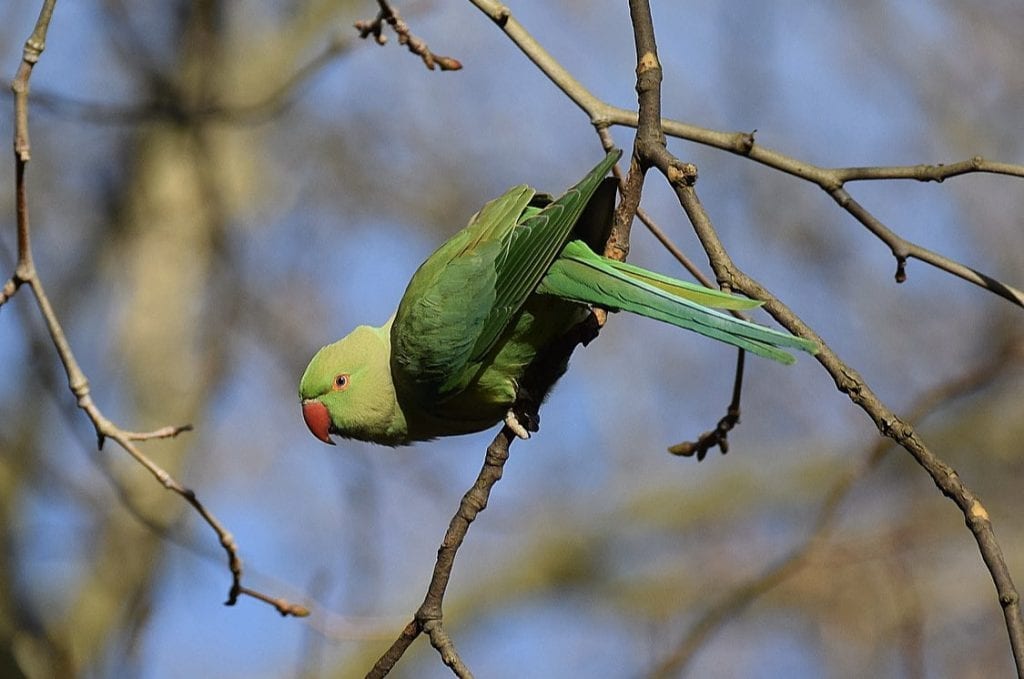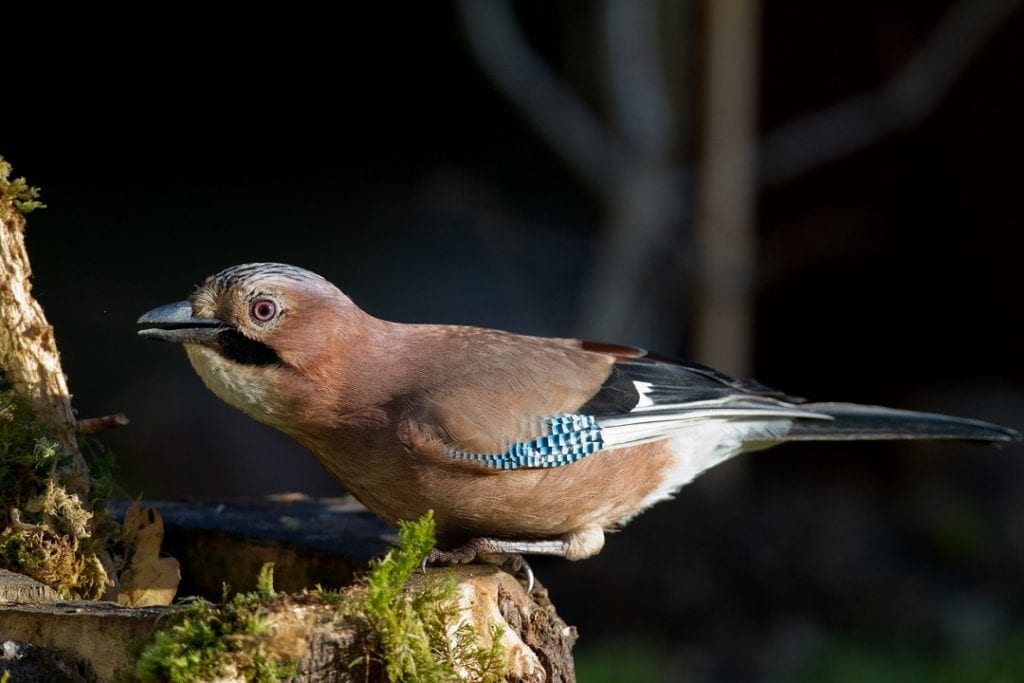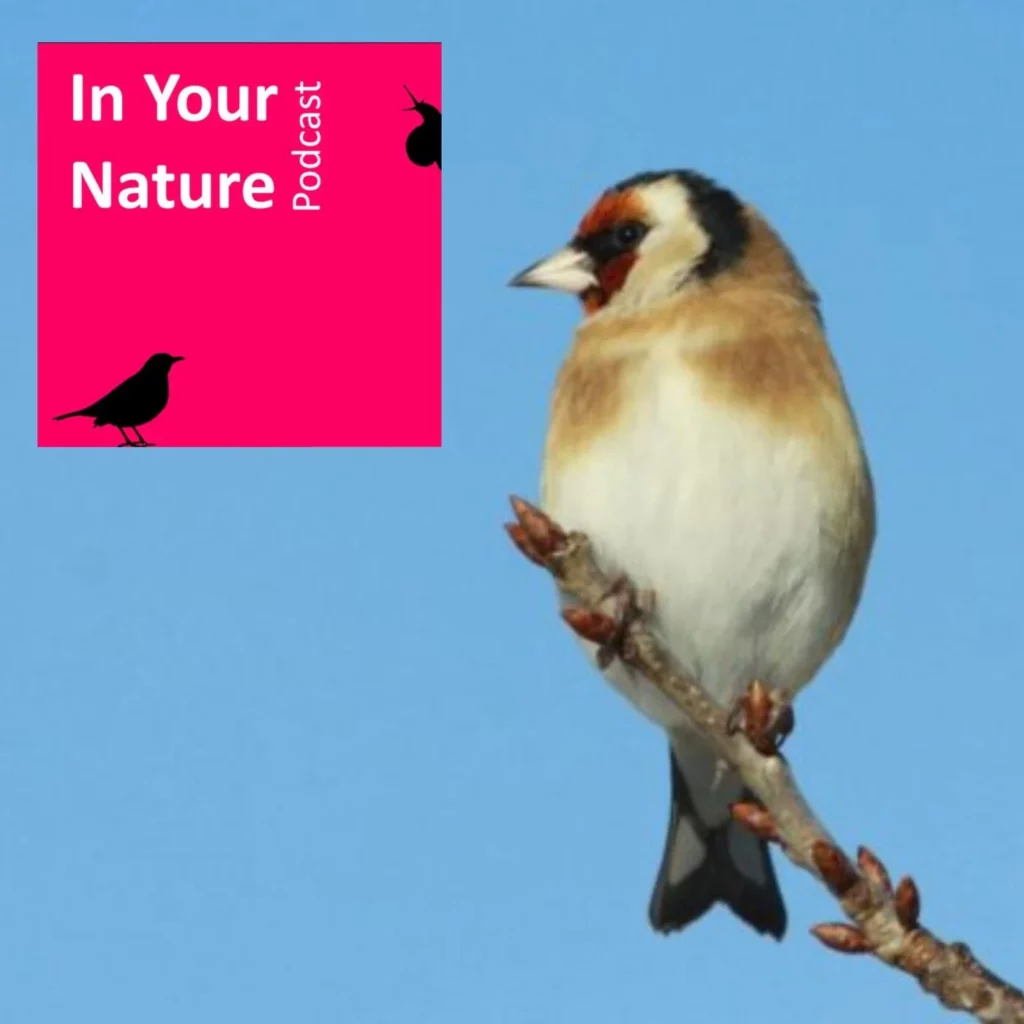On Their Way
Rare Arrivals
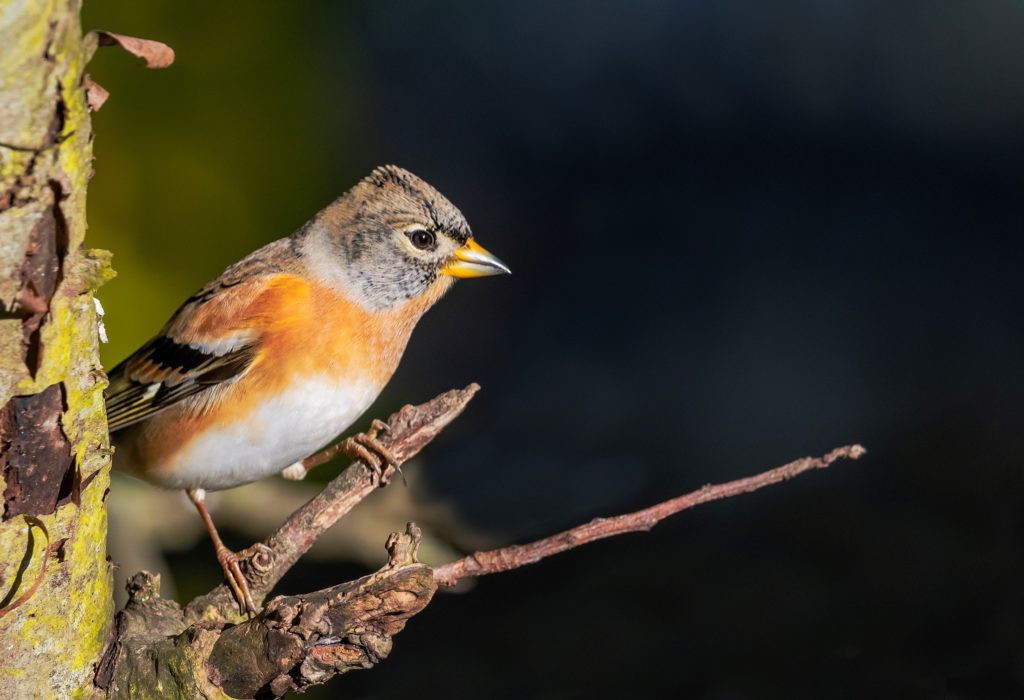
Common Species, increases and decreases
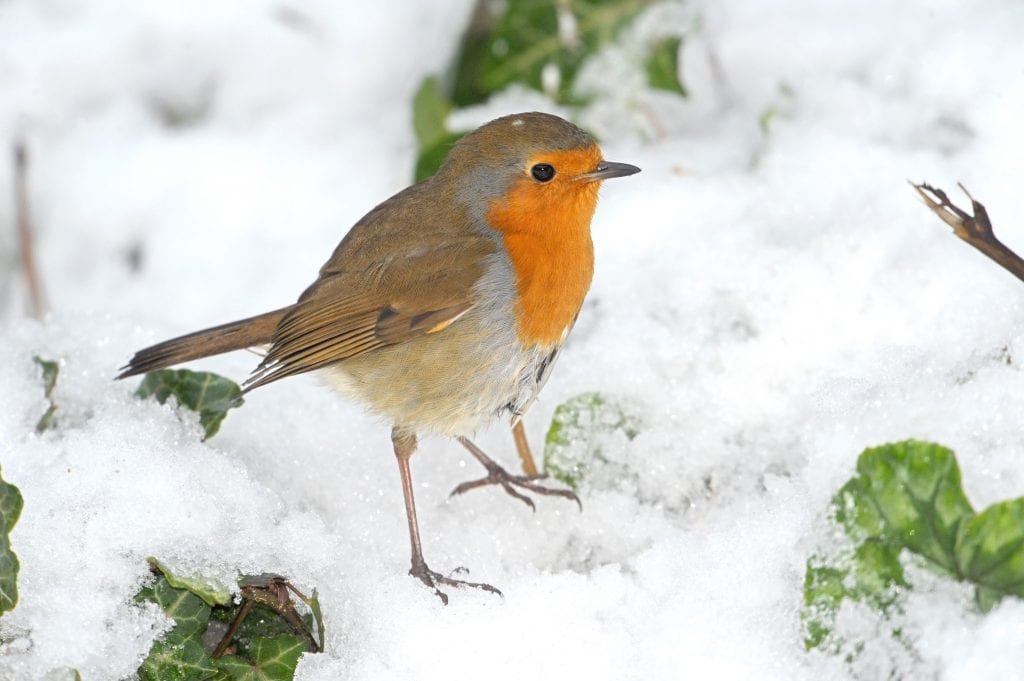
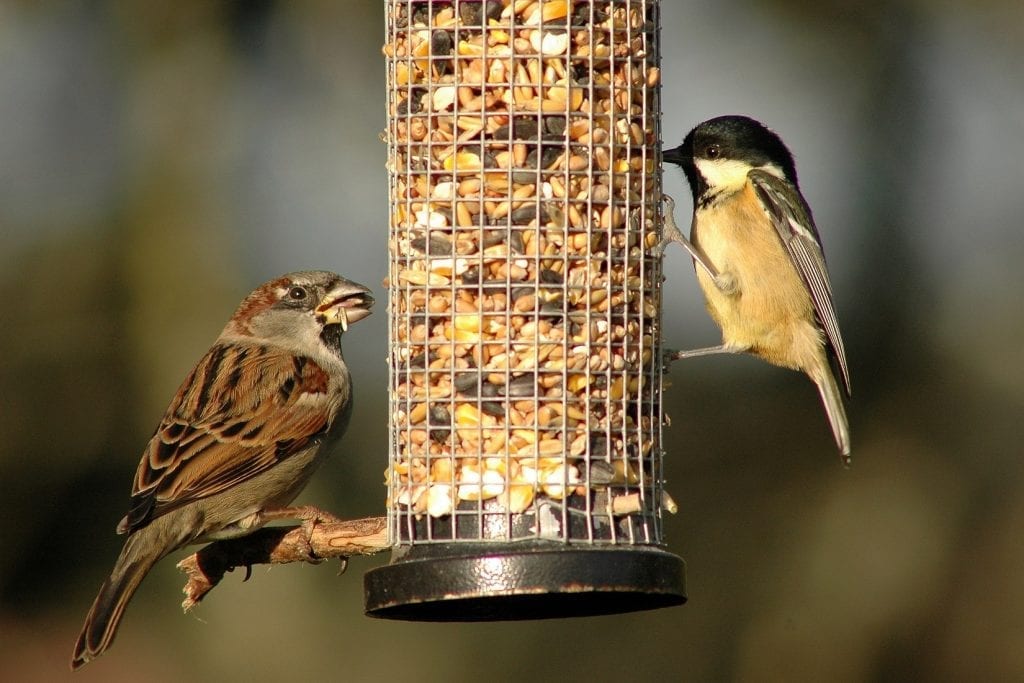
Avian Flu and Trichomonosis in Garden Birds
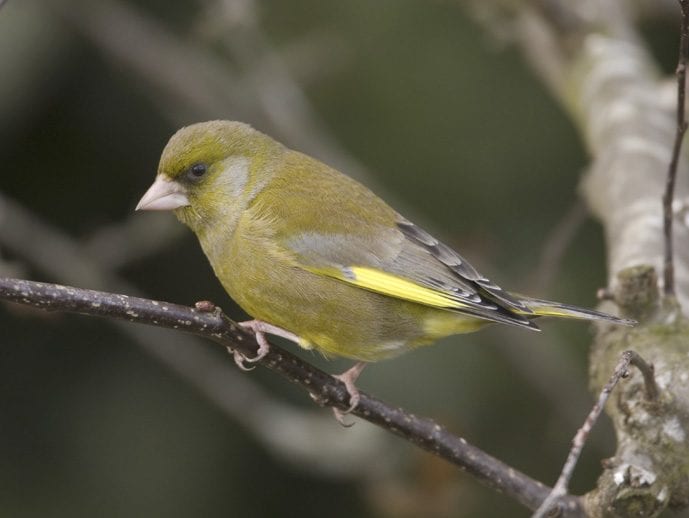
Supporting the Survey
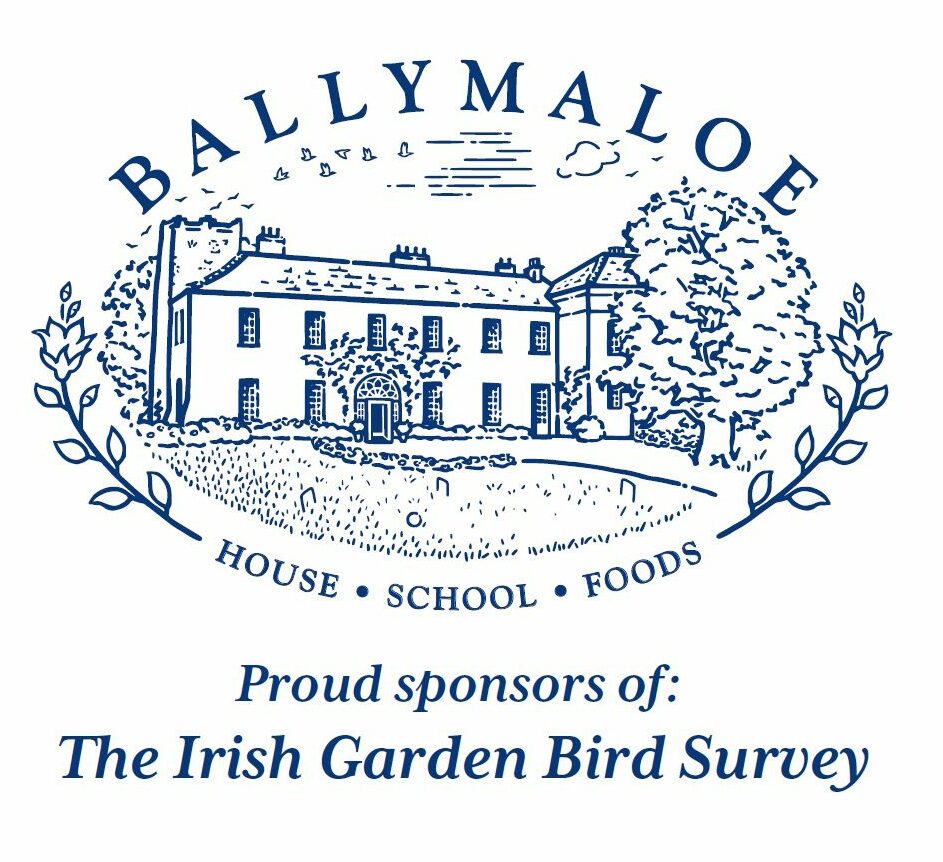
To find out more about the survey and the different trends and patterns seen for different garden birds over the last 30 years, listen to the survey coordinator Brian Burke talk to Ricky Whelan and Niall Hatch for the ‘In Your Nature’ podcast, by clicking here.
For full details about the survey, how to take part and looking after your garden birds, click here.

